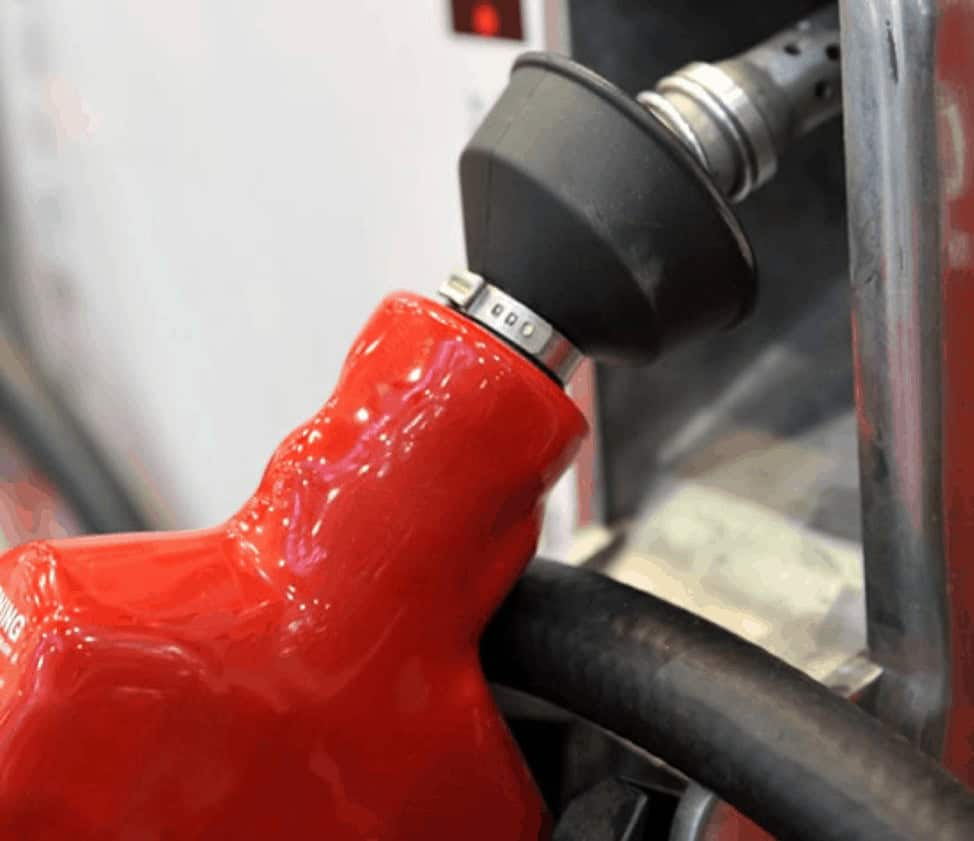In today’s competitive business landscape, managing fuel costs is a critical aspect of fleet management. Fuel costs themselves are out of most people’s hands for the most part and fuel expenses can significantly impact a company’s bottom line, making it essential to implement strategies that maximize fuel savings. This article will provide valuable tips and strategies to help you optimize fuel efficiency for your fleet, ultimately reducing costs and increasing profitability.

Strategy 1: Fleet Vehicle Maintenance
Maintaining your fleet vehicles in optimal condition is vital for maximizing fuel efficiency. Regular maintenance ensures that your vehicles operate at their peak performance, reducing fuel consumption. Here are some key maintenance tips:
Scheduled Inspections
Establish a comprehensive maintenance schedule for your fleet vehicles, including routine inspections, oil changes, and filter replacements. Regularly inspecting and maintaining engines, tires, and other critical components can improve fuel efficiency.
Tire Maintenance
Proper tire inflation significantly affects fuel efficiency. Monitor tire pressure regularly and ensure that it is in line with the manufacturer’s recommendations. Under Inflated tires increase rolling resistance, leading to higher fuel consumption.
Real World Example:
ABC Delivery Services implemented a strict maintenance schedule for their fleet of 50 vehicles. By conducting regular inspections and tire maintenance, they were able to reduce fuel consumption by 8% annually, resulting in substantial cost savings.

Strategy 2: Driver Behavior and Training
Driver behavior plays a crucial role in fuel consumption. Educating and training your drivers on fuel-efficient driving techniques can make a significant difference. Consider the following strategies:
Eco-Driving Techniques
Encourage drivers to adopt eco-driving habits such as smooth acceleration and deceleration, maintaining a steady speed, and avoiding excessive idling. Aggressive driving behaviors, such as rapid acceleration and harsh braking, can significantly increase fuel consumption.
Route Optimization
Implement GPS or fleet management systems that provide real-time traffic information and optimal routes. Minimizing unnecessary mileage and avoiding congested areas can save fuel and reduce overall driving time.
Real World Example
XYZ Logistics trained their drivers in eco-driving techniques and implemented route optimization software. As a result, they achieved a 12% reduction in fuel consumption across their fleet of 25 vehicles, leading to substantial savings in fuel costs.

Strategy 3: Vehicle Selection and Upgrades
Choosing the right vehicles and considering fuel-efficient upgrades can have a long-term impact on your fleet’s fuel savings. Here are some factors to consider:
Fuel Efficiency Ratings
When purchasing or leasing new vehicles, consider their fuel efficiency ratings. Look for vehicles with higher miles per gallon (MPG) or explore hybrid or electric options, depending on the specific needs of your fleet.
Aerodynamics and Weight Reduction
Streamline your fleet vehicles by reducing unnecessary weight and optimizing aerodynamics. Remove roof racks or attachments when not in use and consider aerodynamic enhancements like side skirts and fairings. These modifications can improve fuel efficiency.
Real World Example:
LMN Trucking upgraded their fleet with aerodynamic enhancements, including trailer skirts and side fairings. This resulted in a 15% reduction in fuel consumption for their long-haul trucks, leading to significant annual fuel cost savings.

Strategy 4: Fuel Monitoring and Telematics
Implementing fuel monitoring systems and telematics solutions can provide valuable insights into your fleet’s fuel consumption patterns and driver behavior. Consider the following:
Fuel Tracking and Reporting:
Utilize fuel tracking systems to monitor fuel usage, identify trends, and pinpoint areas for improvement. Analyze reports regularly to identify potential issues or inefficiencies.
Driver Performance Monitoring:
Telematics solutions can track driver behavior, including speeding, excessive idling, and aggressive driving. This data can be used to identify areas where driver training and coaching can optimize fuel efficiency.
Real World Example:
PQR Logistics installed telematics systems in their fleet and closely monitored fuel usage and driver behavior. Through data analysis and driver coaching, they achieved a 10% reduction in fuel consumption, leading to substantial cost savings.

Conclusion
Maximizing fuel savings for your fleet is an ongoing process that requires a combination of strategies and continuous monitoring. By implementing the strategies above such as maintenance schedules, training drivers, considering vehicle upgrades, and utilizing telematics solutions, you can significantly reduce fuel consumption and improve your fleet’s profitability. Prioritize fuel efficiency, and your fleet will reap the immediate rewards in cost savings and more profit.
